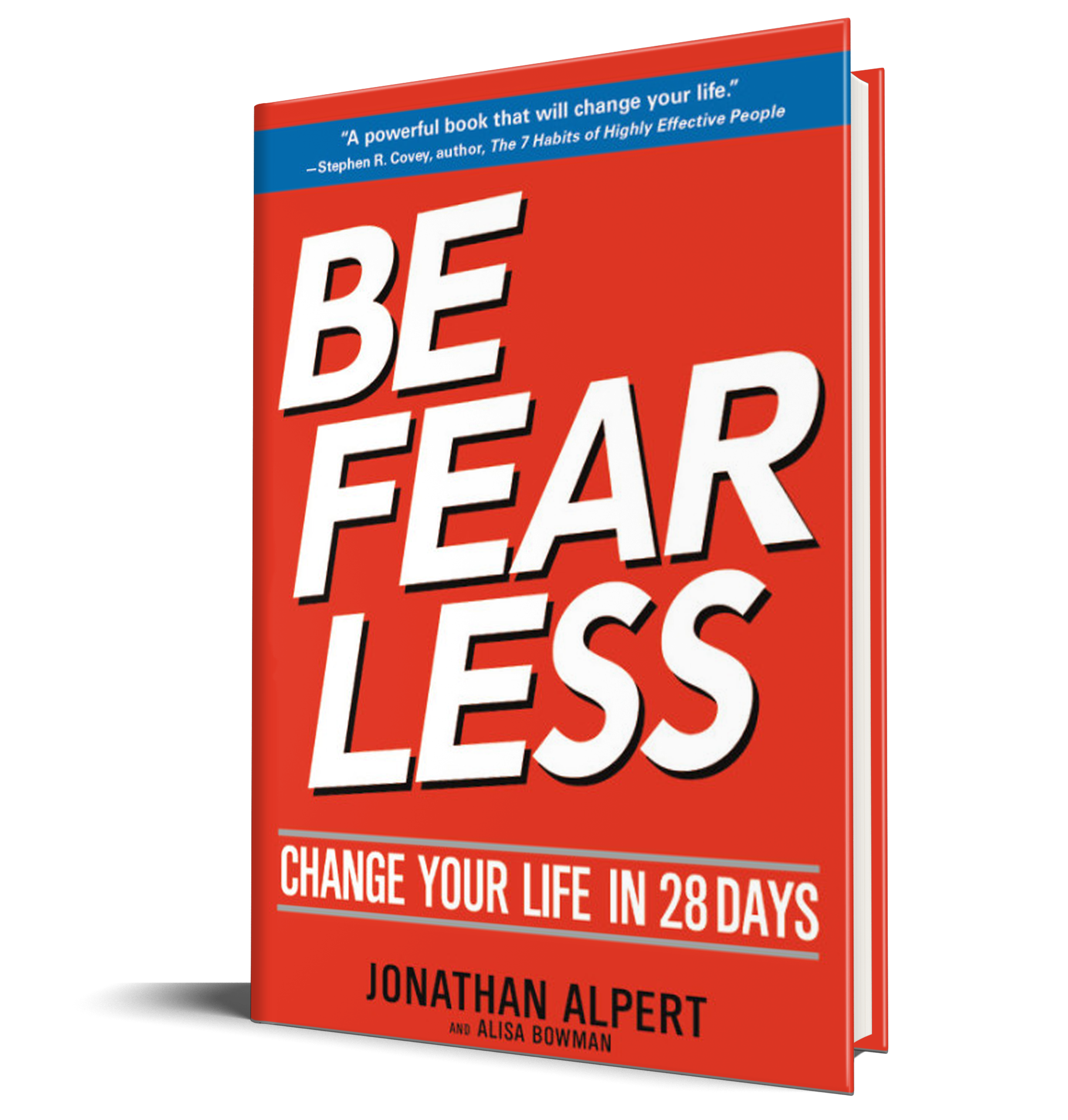Michael Jordan is considered one of the greatest basketball players of all time. In his basketball career, he won five MVP awards, appeared in fourteen NBA All Star Games, and won too many titles and awards to list. But you probably expected all of that. Here’s something that most people don’t know about Michael Jordan: He was cut from his high school basketball team. Being cut from a sporting team is a huge blow to an athlete’s ego. Many athletes don’t come back after something like that. They associate being cut from the team as a sign that they are no good and then give up.
But Michael Jordan obviously didn’t give up. He refused to believe that it was not possible for him to become a great ball player. In order to make the team, he practiced for hours on the court. He was quoted as saying, “Whenever I was working out and got tired and figured I ought to stop, I’d close my eyes and see that list in the locker room without my name on it, and that usually got me going again.”
He not only eventually made the team; he eventually led it to a state championship. Here’s something else you might not know about Jordan. During his professional basketball career, he missed 9,000 shots. He also lost 300 games. And 26 times the ball was passed to him just before the game’s end— giving him the opportunity to win for the team— and he missed the shot. As he said in a Nike commercial, “I’ve failed over and over in my life, and that is why I succeed.”
Jordan’s story beautifully shows how fearless people view failure differently than fearful people do. He and other fearless people do not see failure as a flaw, as cause for embarrassment, or as an indictment of who they are as people. Simply put: it doesn’t define them.
And they definitely don’t see it as a sign that their dreams are impossible. No, they just see failure as an opportunity to learn, grow, and become even better.
I’d like to share a few more stories about people who saw possibilities in the face of the impossible:
Henry Ford failed over and over again— completely going broke five times— before he founded the Ford Motor Company. R. H. Macy started seven businesses that failed before he finally founded the department store that still bears his name. Walt Disney was once fired from his job as a newspaper editor and told that he “lacked imagination.” Thomas Edison made a thousand light bulbs that didn’t work before he finally made one that did. Oprah Winfrey was fired from her first job as a television reporter and was told she was “unfit for TV.” And Vincent van Gogh only sold one painting during his lifetime. His artwork now sells for millions and is among the most expensive and coveted in the world.
Now, it’s important to understand that fearless people don’t fail and try again blindly. If they did that, they would never become successful. No, they fail and use that failure as an opportunity,
One that:
• Helps them reassess what they are doing right and what they are doing wrong.
• Provides insight into which parts of their plan are working and which parts aren’t.
• Motivates them to try even harder.
• Encourages them to tap into resources and support.
• Spurs them to reinvent themselves.
If you are reeling from a past failure, use this advice to find the courage to make a comeback:
• Change your thinking. Switch from “Everyone thinks I’m
a failure” to “This is a great opportunity for me to grow.”
• Be smart. Research the situation. Be well informed about strategies you can use in the future so you can learn from and avoid mistakes you’ve made in the past.
• Think about what you did right. Not everything was a mistake. Build on your successes and on your strengths.
• Create realistic and achievable goals.

Published with permission from Be Fearless: Change Your Life in 28 Days by Jonathan Alpert.
Follow us here and subscribe here for all the latest news on how you can keep Thriving.
Stay up to date or catch-up on all our podcasts with Arianna Huffington here.


